Golf: A Good Thing Never Truly Becomes Obsolete
Every year at National Instruments NI Week in Austin, TX the GDCA team gets to enjoy a wave of hot weather that is only overshadowed by a tide of hot technology innovation. NI Week does a wonderful job of providing a forum for education and inspiration. As one of the few conferences where GDCA has a booth, we decided to challenge the NI Week attendees putting skills by bringing out “The Beast”—10 feet of the most challenging green we’ve ever encountered at a conference. Because we were keeping in mind the balance of innovation and legacy, we had two putters handy for people to try: a state of the art putter supplied by Ethan, and a legacy putter from the 1930s supplied by our in-house golf champ, Arlin.



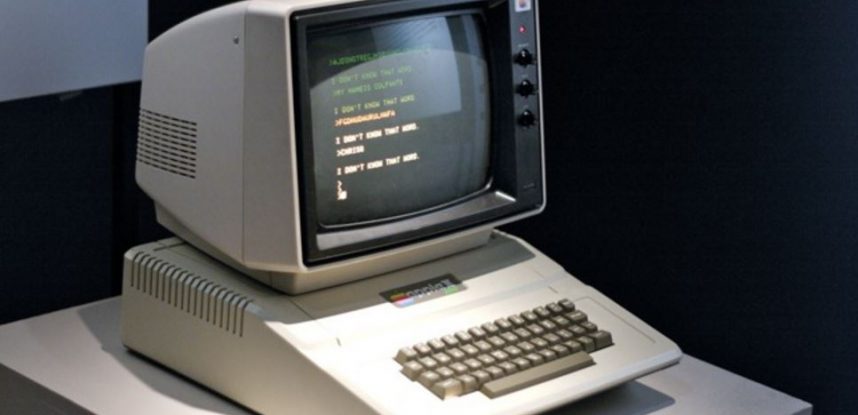
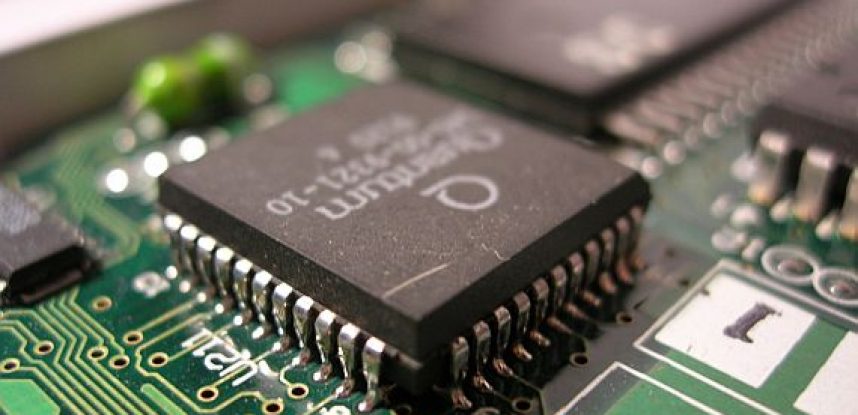
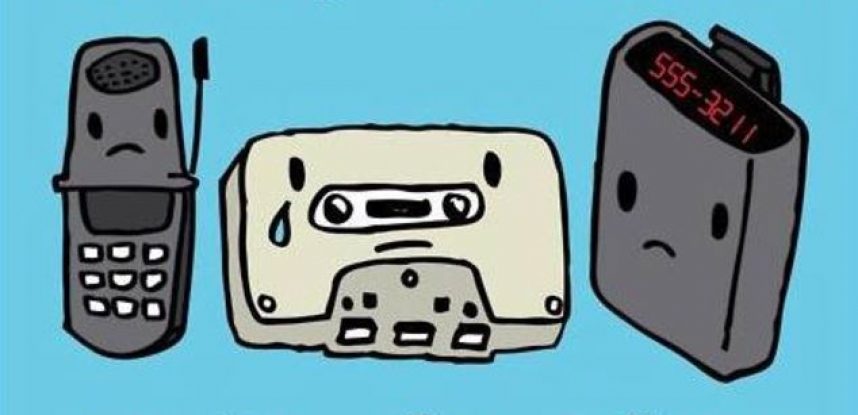


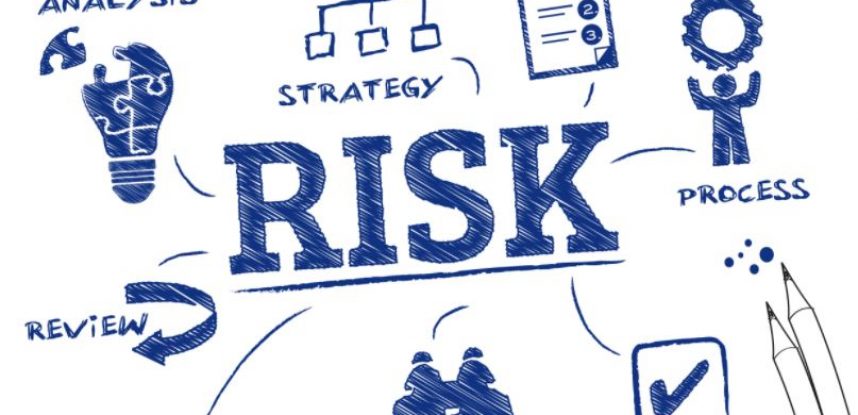

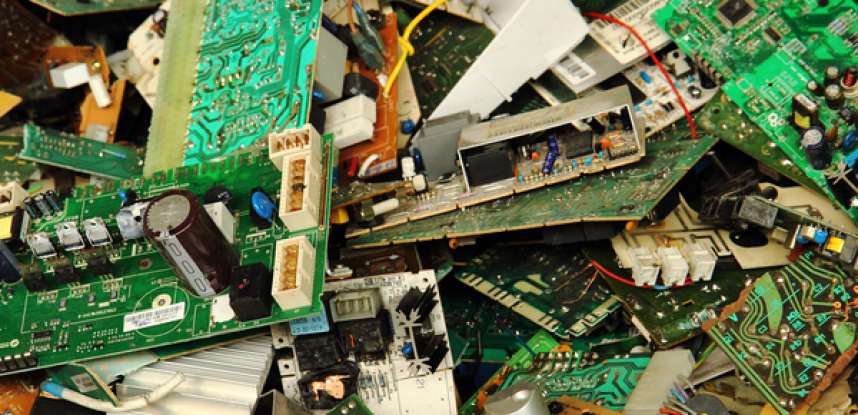

 After our
After our